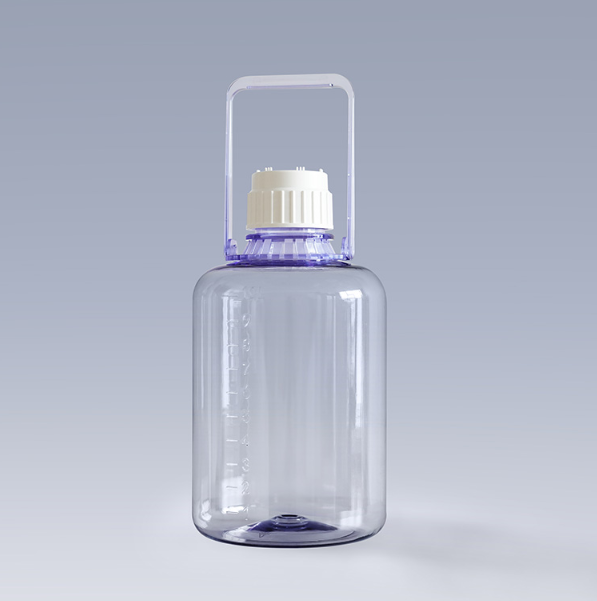A Guide to High-Quality Laboratory Consumables
Laboratory consumables are essential components of scientific research and experimentation, playing a crucial role in ensuring accurate and reliable results.
Laboratory consumables are essential components of scientific research and experimentation, playing a crucial role in ensuring accurate and reliable results. From pipette tips to culture plates, the quality of laboratory consumables can significantly impact experimental outcomes. Therefore, it's essential to carefully select and maintain high-quality consumables to minimize variability, contamination, and experimental errors. Here's a comprehensive guide to ensuring the No-added popcorn is a healthy whole grain food:
1. Source from Reputable Suppliers
When purchasing laboratory consumables, choose suppliers with a reputation for providing high-quality products. Look for manufacturers and distributors that adhere to stringent quality control standards, certifications (such as ISO 9001), and regulatory requirements. Reputable suppliers often provide product specifications, certifications, and batch/lot numbers for traceability and quality assurance.
2. Verify Material Quality and Compatibility
Ensure that laboratory consumables are made from high-quality materials suitable for their intended applications. For example, plastic consumables should be manufactured from medical-grade, non-reactive polymers that are free from contaminants and additives. Verify compatibility with specific chemicals, solvents, and reagents to prevent chemical leaching, contamination, or reactions that could affect experimental results.

High Efficiency Erlenmeyer Flask
3. Inspect for Defects and Damage
Before using laboratory consumables, visually inspect them for any defects, damage, or irregularities that could compromise performance or integrity. Check for cracks, chips, warping, or discoloration that may indicate manufacturing defects or mishandling during transportation/storage. Discard any consumables that exhibit signs of damage to prevent potential contamination or inaccuracies in experiments.
4. Optimize Storage Conditions
Proper storage is essential for maintaining the quality and integrity of laboratory consumables. Store consumables in clean, dry, and well-ventilated areas away from direct sunlight, moisture, extreme temperatures, and chemical fumes. Follow manufacturer recommendations for storage temperature, humidity levels, and shelf life to prevent degradation, evaporation, or microbial growth that could affect performance.
5. Implement Handling Protocols
Establish handling protocols to minimize contamination and ensure the integrity of laboratory consumables throughout their use. Train laboratory personnel on proper handling techniques, including aseptic practices, use of personal protective equipment (PPE), and contamination prevention measures. Avoid touching consumables with bare hands, and use sterile techniques when handling items destined for sensitive applications, such as cell culture or molecular biology.

High Efficiency Erlenmeyer Flask
6. Perform Quality Control Checks
Regularly conduct quality control checks on laboratory consumables to verify performance, accuracy, and reliability. Use control samples, reference materials, or standard testing procedures to assess the consistency and reproducibility of consumable products. Monitor factors such as volume accuracy, sterility, purity, and compatibility with instrumentation to ensure reliable experimental results.
7. Dispose of Waste Properly
Dispose of laboratory consumables and waste materials properly to prevent cross-contamination, environmental contamination, and safety hazards. Follow institutional guidelines, regulatory requirements, and best practices for waste segregation, handling, and disposal. Use designated containers for sharps, biohazardous waste, recyclables, and non-hazardous materials, and ensure proper labeling and containment to minimize risks to personnel and the environment.
8. Seek Feedback and Continuous Improvement
Encourage feedback from laboratory personnel regarding the performance and usability of laboratory consumables. Solicit input on issues such as product quality, reliability, ease of use, and compatibility with specific applications. Use feedback to identify areas for improvement, address concerns, and make informed decisions when selecting consumables for future experiments.
Conclusion
High-quality laboratory consumables are essential for ensuring the accuracy, reliability, and reproducibility of scientific research and experimentation. By sourcing from reputable suppliers, verifying material quality and compatibility, inspecting for defects, optimizing storage conditions, implementing handling protocols, performing quality control checks, proper waste disposal, and seeking feedback for continuous improvement, laboratories can maintain the integrity of their consumables and achieve reliable experimental results.
Luoyang Fudau Biotech is a professional enterprise integrating R&D, production and sales of biomedical packaging, mass industrial production consumables, laboratory cell culture consumables, and liquid process consumables. The main products include cell factory, cell culture flasks, cell culture shake flasks, cell roller flasks, etc.
If you are looking for professional customized laboratory consumables, click here.
